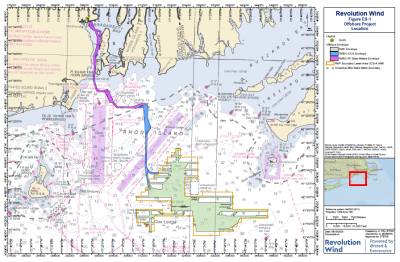Last month, I was sitting on the beach beside Aransas Pass on Mustang Island in south Texas, a cut to the Gulf of Mexico from the Corpus Christi Ship Channel that connects the Port of Corpus Christi (fifth largest U.S. port by total tonnage) with the Gulf of Mexico.
While idly reading a book, I happened to glance up at the pass. Heading out to sea was one of the strangest vessels I have ever seen. Short and wide, it appeared to be half barge, half ship and/or some combination thereof. The heavy-lift vessel’s deck cargo consisted of six wind turbine blades in two sets of topside racks. Also prominent were a set of deck cranes obviously designed specifically to handle the turbine blades.
I don’t know where the vessel was going but it won’t be its last trip and it won’t be alone for long. While no offshore wind generation capacity is currently installed in U.S. waters, the U.S. has a plan for offshore wind energy. In early 2011, the Departments of the Interior and Energy unveiled a coordinated strategic plan for the deployment of 10 gigawatts (GW) of offshore wind power capacity by 2020 and 54 GW by 2030. State and federal approval processes for developing offshore wind projects in the U.S. were well underway at the end of 2013, with 12 projects in the proposal stage. The projects span 10 states off U.S. coasts and the Great Lakes and represent over 5,000 MW of offshore development with turbine sizes ranging from 3 MW to 6 MW, along with a transmission project that could carry up to 7,000 MW.
Should U.S. offshore wind energy continue to develop as planned, its burgeoning installation and wind service fleet will include new vessel designs and vessel conversions for specific tasks from the current offshore service vessel fleet. It’s the cusp of a new market and one that could pay off well for OSV operators.




